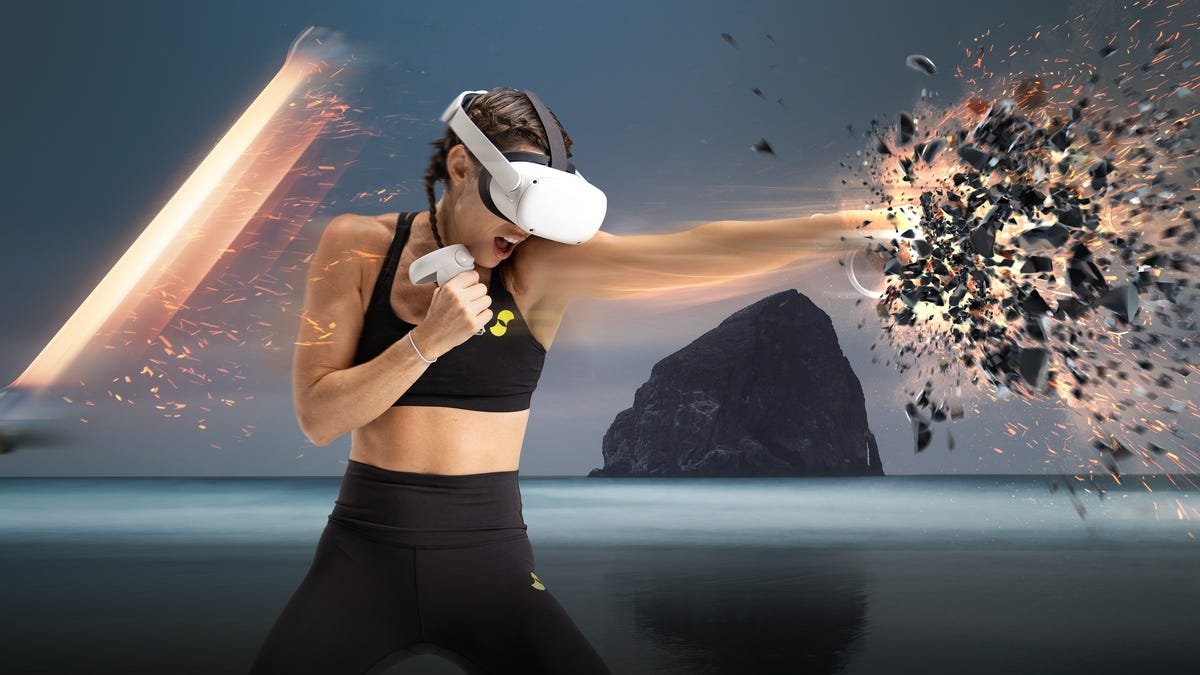A few weeks ago, I suffered a wrist injury in a rather foolish manner (those electric scooters are truly the worst). The thought of a tedious and drawn-out recovery period with limited use of my dominant arm was daunting. As someone who is incredibly active, with a strong passion for weight training, the idea of not being able to partake in my usual activities was disheartening. Not only is exercise crucial for my physical well-being, but it also plays a significant role in maintaining my mental health.
However, to my surprise, I found relief in an unexpected place – virtual boxing. I had been using Supernatural on my Meta Quest 3 headset since its launch, and even before my injury, I found it surprisingly addictive. This was surprising, as I have always been of the opinion that working out while wearing a sweaty headset is not the most appealing prospect. Nevertheless, Supernatural offers a challenging full-body workout with a cardio component, suitable for various skill and comfort levels. The added virtual elements make the experience more engaging and less likely to become monotonous over time, compared to simply shadowboxing on your own.
But where Supernatural went from a fun distraction to a virtual lifesaver was after my injury. The fracture required surgery, and the doctor estimated a recovery period of six weeks before I could even consider putting any significant strain on my wrist. As someone who heavily relies on physical activity as a form of stress relief and maintaining my sanity, six weeks of downtime seemed like an eternity.
Fortunately, due to the treatment of my wrist injury (surgery to insert a plate followed by wearing a splint, but no cast), I was able to hold a Quest controller while completing all the required arm movements for a Supernatural boxing session. The only exception was turning my wrist inward for uppercuts, but even that didn’t stop them from registering as hits.
Besides aiding in my recovery, Supernatural has also been a valuable tool in my rehabilitation process. As I gradually regain range of motion and flexibility in my now mostly healed wrist, I have been able to ditch the brace and return to medium intensity workouts from the previous low intensity. It has been incredibly rewarding to see my punch speed improve as my confidence grows and my arm gets stronger.
I must also credit Meta’s Quest 3 for completely changing my opinion on the value and appeal of consumer VR. With its enhanced capabilities and more relaxed approach, thanks in part to its use of mixed reality, the Quest 3 had already begun to sway my opinion. However, it was my injury that truly highlighted the lasting, sticky appeal that Supernatural offers for home VR use.








